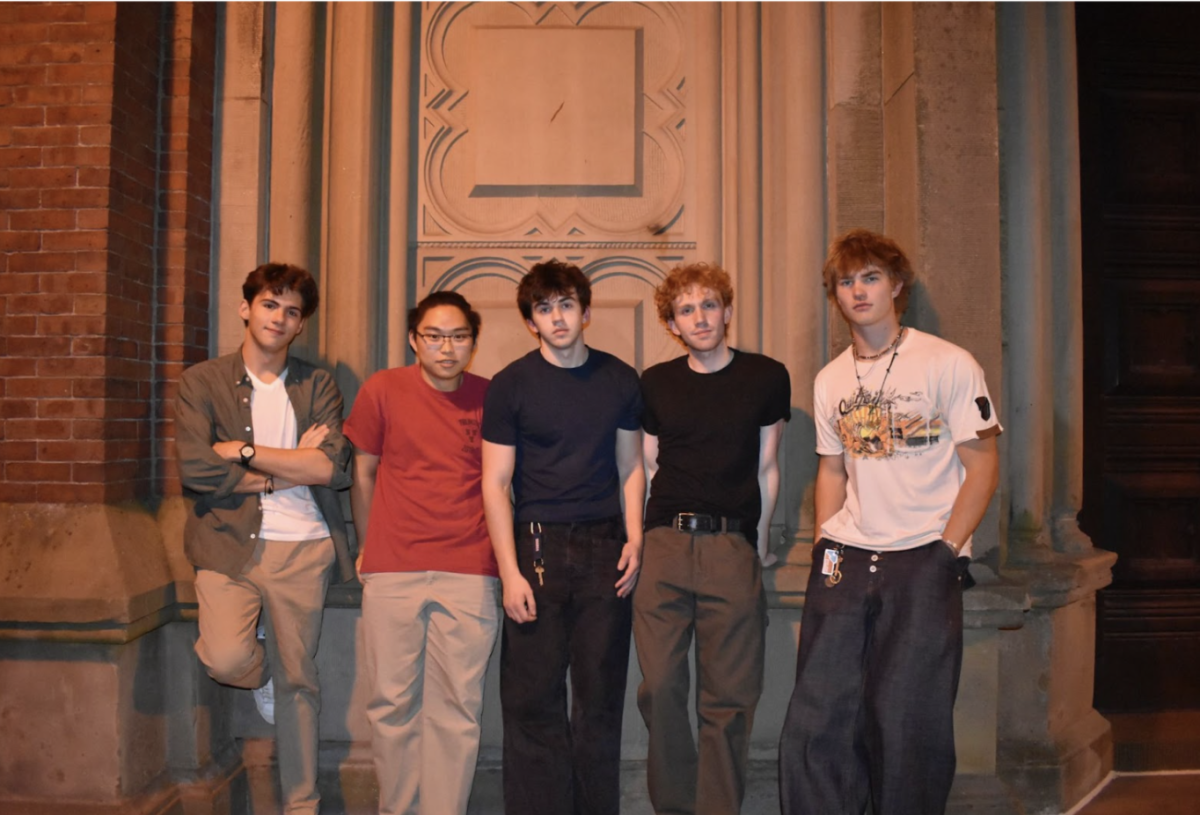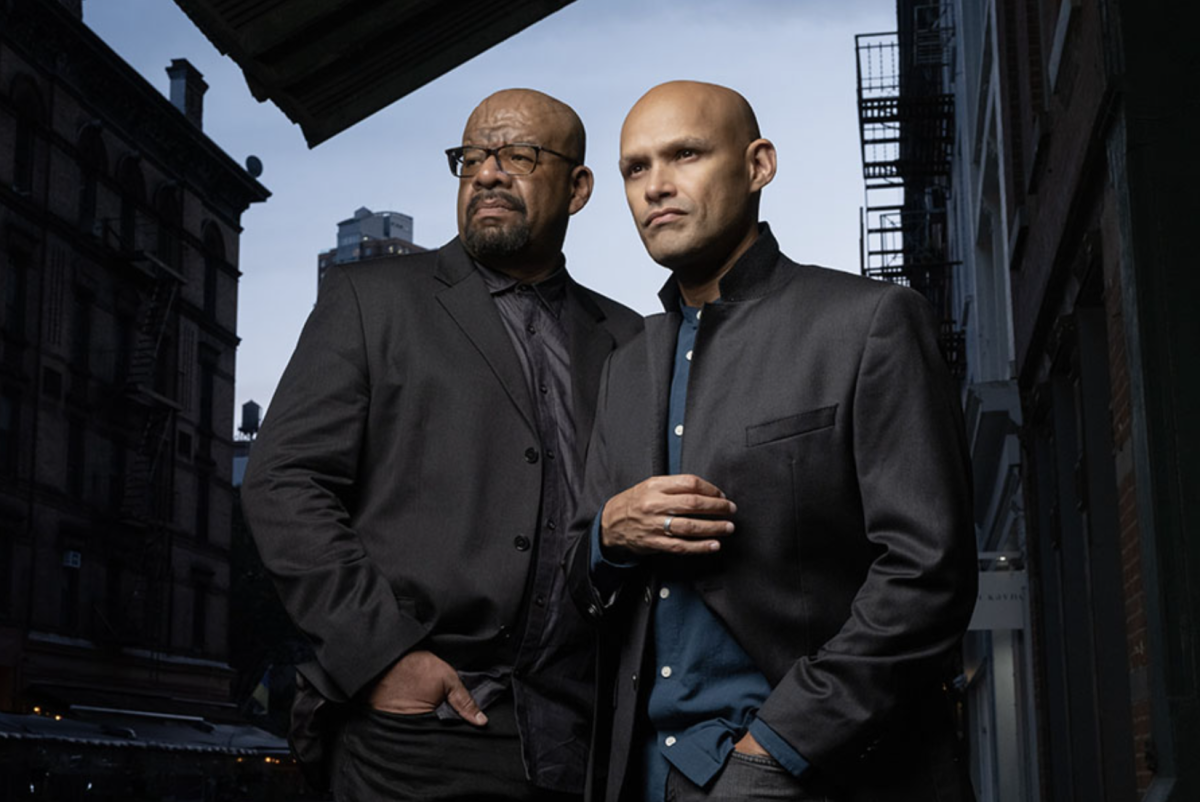In 2016, the Oscars were plagued with complaints from stars, critics and movie-goers alike about the lack of diversity within the nominees for Best Picture, Best Actor in a Leading Role, Best Actress in a Leading Role, Best Achievement in Direction and Best Screenplay Original or Adapted (also known as the Big Five). Those who expressed concerns about the lack of diversity decided to make their voices heard by boycotting the Oscars, an event that threatened to overshadow the awards show itself. In 2017, the push for more nominations of diverse films came to fruition, and audiences saw films like “Lion,” “Hidden Figures” and “Moonlight” nominated for awards in the Big Five. “Moonlight” was the big winner of the night, winning three of the Big Five, including the Oscar for Best Motion Picture.
“Moonlight”’s win was one of the first big steps toward making the Oscars a more inclusive event that gives recognition to stories of overlooked people in society. It also marked the first step away from the notorious “Oscar Bait” film, which is a film that tries to play into the tastes of the Academy or voting committee, as a way to increase the chances of the the film winning an award. Voters often enjoy aspects like a protagonist that is struggling with a mental or physical disability, a setting during a tragic historical event or overwhelming religious imagery and symbols. The idea of an “Oscar Bait” film has become synonymous with a lack of creativity and the tendency to reuse the same outdated formula that worked for prior Best Pictures wins. The stagnancy of Oscar voters is what once lead to the emergence of “Oscar Bait” films. Voters tended to look for the same story arcs, and the pattern that emerged enabled filmmakers to create projects specifically for the purpose of winning awards. However, due to the shift in representation that audiences are now seeing in the nominees, the “Oscar Bait” film is, fortunately, a dying breed.
This year’s nominees for the Oscar for Best Picture were “Call Me By Your Name”, “Darkest Hour,” “Dunkirk,” “Get Out,” “Lady Bird,” “Phantom Thread,” “The Post,” “The Shape of Water” and “Three Billboards Outside Ebbing, Missouri”. Each one of these films, with the exception of “Phantom Thread”, “The Post,” and “Darkest Hour,” has qualities that push it outside of the comfort zone within which the Oscars has historically stayed. From a suspenseful war film with almost no dialogue and a non-linear timeline in “Dunkirk” to a film oozing social commentary about the black experience in America by first-time feature film director Jordan Peele in “Get Out,” the films that were nominated this year are vastly different from previous Oscars contenders. For example, films like “Get Out” and “Lady Bird” did not undergo the treatment of strong marketing strategies aimed at Oscar voters, but instead gained popularity through word of mouth. “Get Out” broke even more barriers by staying in the public eye for months and remaining a strong contender even though it was not released during “awards season,” which is generally from November through early February. A story that sheds light on the subtle racism that black people in America still face in the eyes of those who call themselves “progressive,” through an original screenplay penned by Peele, is quite unusual for the Oscars.
“The Shape of Water” also has a peculiar story line. The film is set against the backdrop of Cold War suspicions and delves into ideas of female sexuality, bestiality and how we treat those who are different from ourselves. “Call Me By Your Name” centers on a romantic relationship between two young men set in 1980s Italy. “Three Billboards Outside Ebbing, Missouri” revolves around a woman whose daughter was brutally murdered, and is a showcase of the stages of grief, as well as the flawed police system of rural America. Alone, she fights the injustice in her town and comes to the aid of those around her who get caught in the crosshairs of an ineffective police force. Although this film is powerful, it is riddled with violence between law enforcement and members of the community which might not be the best message for the Academy Awards to promote during a time of tension between police and civilians.
Most of the Best Picture nominees this year all have meaningful plots that shed light on important issues and center on characters of different races and sexual identities. However, they also feature aspects that have been unpopular amongst voters, namely violence, exploration into contemporary racism and little-to-no dialogue. Some notable critics, including some at the BBC, even argue that the 2018 nominees for Best Picture are “unfriendly” to the voting committee and are overrated by mainstream audiences.
However, this shift in the types of films that are receiving nominations is indicative of a greater shift towards inclusiveness at the Oscars. The Best Picture nominees this year are reflective of a deeper change within the politics of the Academy Awards. According to an article in The Guardian, the Academy plans to drastically change the demographics of their voting committee by the year 2020. They intend to double the amount of minority voters and double the amount of female voters. The very fact that the voting committee is going to become more inclusive is reflective of the changes that we see in the nominees for Best Picture this year. The fundamental changes the awards ceremony is undergoing will most likely push filmmakers towards more divisive topics that explore marginalized voices. The breed of the ‘Oscar Bait’ film will cease to exist in the coming years as the comfort zone for the golden statue will be breached by up-and-coming directors and actors working with powerful stories. The time of films like “The Post,” “Phantom Thread” and “Darkest Hour” is coming to an end, allowing films that are deeper explorations of more diverse stories to step forward.





